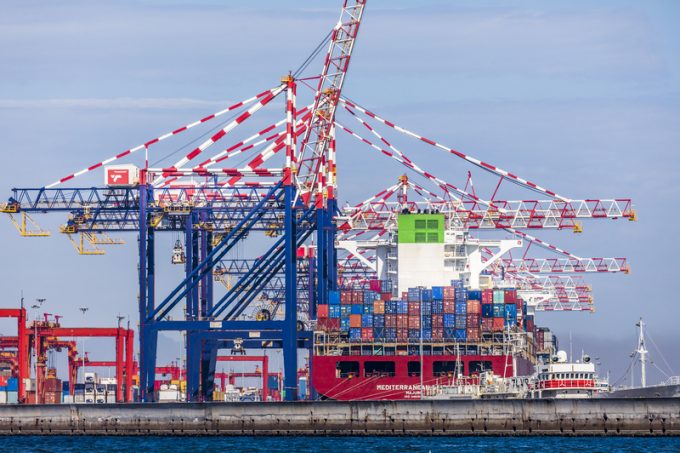Time to reverse 'decade-long decline' in South African logistics
The continuing loss of transhipment cargo “reinforces the picture of a decade-long decline” in South ...

As South Africa’s citrus fruit exporters prepare for their peak shipping season and shipping lines rush to reposition empty reefers, the country’s main ports are pushing through programmes to increase capacity.
Citrus exporters are faced with a series of challenges, including port congestion, a potential shortage of reefer equipment and the danger of not being in compliance with the country’s trucking regulations.
Cape Town Container Terminal (CTPT) was due to return to full operational capacity today – although port operator Transnet had to ...
Trump tariffs see hundreds of cancelled container bookings a day from Asia
'Disastrous' DSV-Schenker merger would 'disrupt European haulage market'
'To ship or not to ship', the question for US importers amid tariff uncertainty
'Chaos after chaos' coming from de minimis changes and more tariffs
List of blanked transpac sailings grows as trade war heats up and demand cools
EC approves DSV takeover of DB Schenker
Shippers in Asia restart ocean shipment bookings – but not from China
Forto 'sharpens commercial priorities' as it lays off one-third of staff
India withdraws access for Bangladesh transhipments, in 'very harmful' decision
'Tariff hell' leaves industries in limbo – 'not a great environment to plan'
IndiGo fleet expansion plan will include a major push to boost cargo volumes
Pre-tariff rush of goods from US to China sees air rates soar, but not for long

Comment on this article